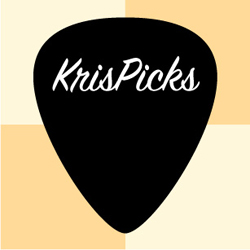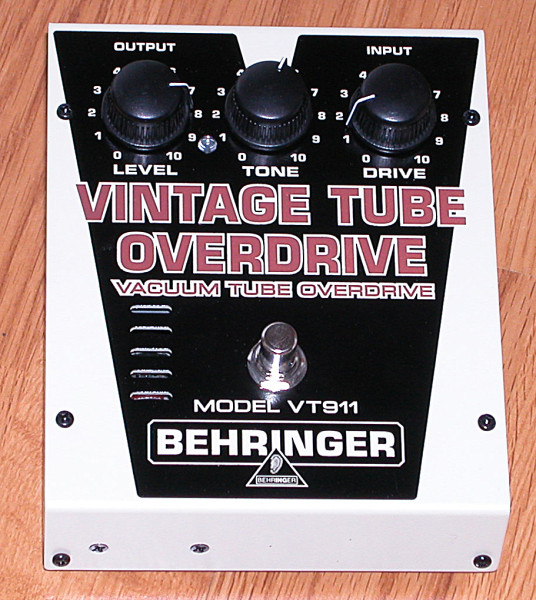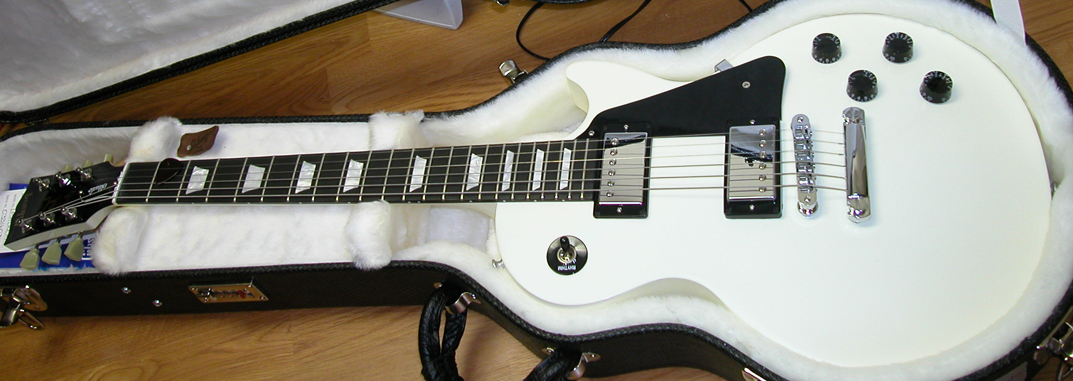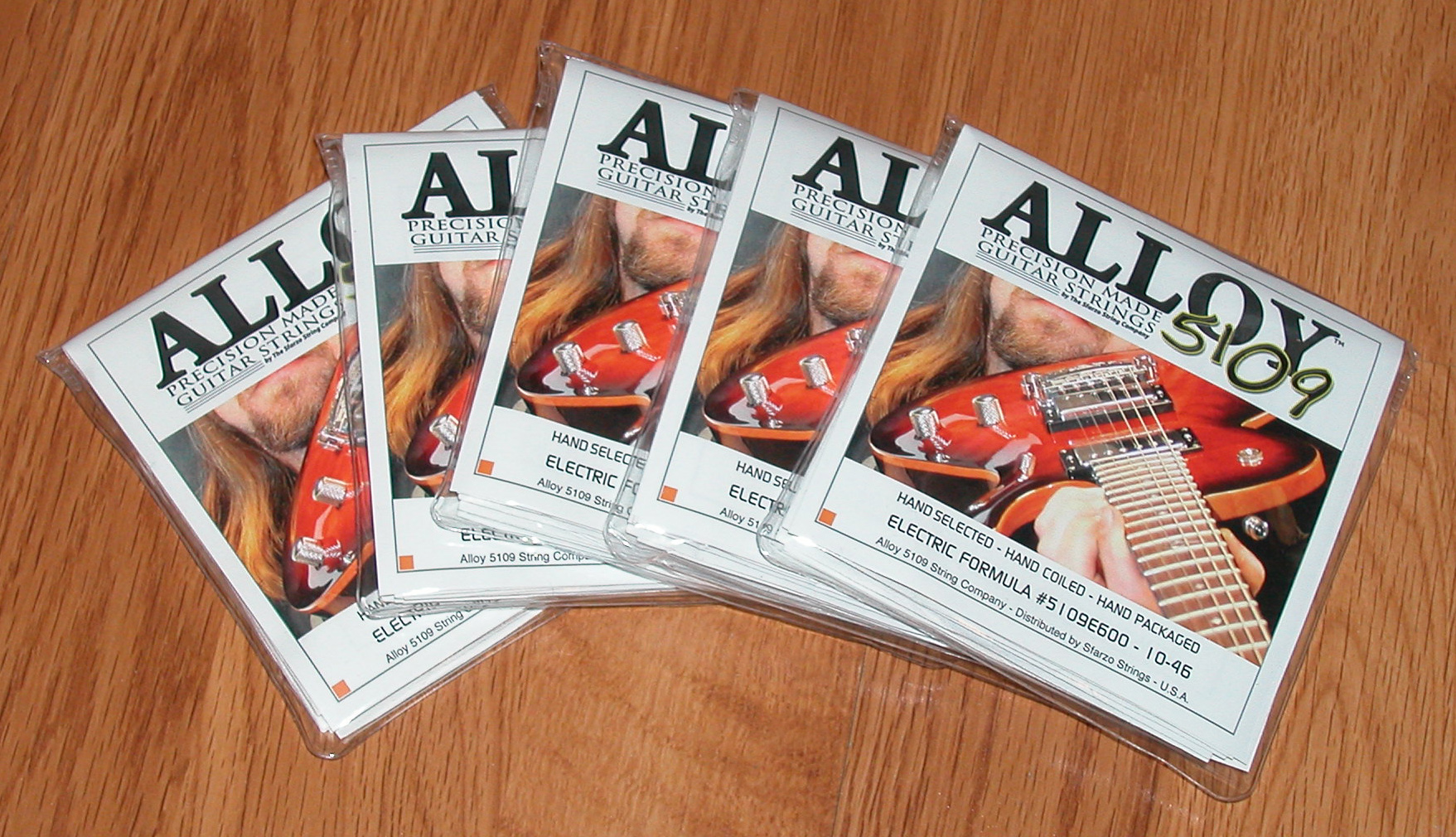If you play guitar in a praise and worship band or any musical group for that matter, the Godin Solidac is an electric guitar you may want to consider finding on the used market (Godin no longer manufactures this model). I bought this guitar after playing in a praise band for a bit. I thought it would be cool to have acoustic and electric guitar sounds at my disposal. The Godin Solidac is a dual voice guitar with HSH (humbucker, single coil, humbucker) magnetic pickups mounted to the pickguard and a piezo pickup in each bridge saddle.
Here are the latest specs for the Godin Solidac from Godin’s web site.
• Mahogany Neck
• Rosewood Fingerboard
• 16″ Fingerboard Radius
• 25 1/2″ Scale
• 1 11/16″ Nut Width
• Silver Leaf Maple body
• Godin-Design Pickups
• LR Baggs X-Bridge
• 5-Way Pickup Selector Switch
• Volume – Electric
• Volume – Acoustic
• Tone – Electric
• Magnetic Output
• Acoustic/Mix Output
• Colors: Lightburst Quilted Leaf Top, Transparent Blue Flame Leaf Top
The Godin web site omits these important features…
• Locking Tuners
• Tremolo/Vibrato bridge
Below is Godin’s description/marketing copy of the Solidac guitar from their website.
The Solidac is the latest Godin model to offer the two-voice concept. It combines the sound of magnetic pickups (electric guitar) with a bridge transducer system for acoustic sounds. This guitar offers players the versatility of a humbucker-single-humbucker pickup configuration along with a transducer-equipped tremolo bridge. All of this sonic power comes in an instrument that sports the same ultra comfortable Mahogany neck found on the LGX with a Silver Leaf Maple body. Individual outputs are provided for the magnetics and the bridge, with the bridge output doubling as a mix out for both signals when used alone. There is an internal preamp voiced to provide excellent acoustic sound when used with any full range system and it produces very good acoustic tone even when plugged into a regular guitar amp. The Solidac represents an opportunity for players on a tighter budget to consider a two-voice concept guitar that retains all of the hand-finished quality that is a standard feature in every Godin instrument.
I agree with most of what is said there. The built-in preamp for the acoustic bridge piezo output on the whole did not cut it for me, the main reason for this is there is not any way for the user to adjust the EQ of the acoustic output on the fly. There was a tinniness to the sound running direct into the PA, and the acoustic sound into a guitar amp was not a convincing simulation in my opinion. Trying to run the magnetic pickups through the mix/acoustic output took a lot of the punch away from the magnetic pickups and flattened the sound in a way I did not like, so I rarely run this guitar in this configuration.
The solution to the built-in preamp problem was purchasing the L.R. Baggs Para Acoustic D.I. I reviewed previously on this site. This allowed me the needed tonal control to get a very nice convincing acoustic guitar sound through the PA. I have received several compliments on the acoustic sound of this guitar using the L.R. Baggs Para Acoustic D.I.
Now here is what is really cool about this guitar, and how I hook it up. As stated in Godin’s web site copy, the Godin Solidac has two outputs. One for the magnetic pickups, and one for the acoustic bridge piezo pickups. Both of these outputs can be used simultaneously. This allows you to get the full power and punch from Godin’s magnetic pickups, which is key (Godin’s magnetic pickups sound quite good). The acoustic bridge pickup sound routed out of the acoustic output allows you to mix the two sounds at the soundboard for a multitude of sounds you just can’t get with a single voice guitar. This is how I route the two signals. The electric guitar magnetic pickups output go from the guitar to my pedalboard to my guitar amp, which is miked into the PA. The acoustic bridge piezo output runs from the guitar to the L.R. Baggs D.I. box direct to the PA through an XLR cable typically. The magnetic pickups have a volume and tone control where the acoustic output has just a volume control on the guitar. The L.R. Baggs D.I. takes care of the tonal adjustments by the player for the acoustic output in this set up. As I mentioned earlier, the array of possible sounds from this guitar is huge with the combination of 3 three magnetic pickups using a Strat style 5 way selector switch. Here are the magnetic pickup combinations: neck humbucker, neck humbucker/middle single coil, middle single coil, middle single coil/bridge humbucker, bridge humbucker. Those combinations alone are powerful! Mix in the acoustic piezo output, and you go to a whole other land of creative tonal options. Your imagination is really the limit here.
The wang bar is acceptable on this guitar for me (I am not a big wang bar guy, so I don’t use it much). The vibrato bar system on my Solidac with the locking tuners is good, but it in no way has the tuning stability of a Floyd Rose type locking nut tremolo/vibrato system. If you are big into using the wang bar for heavy dive bombs and such throughout the night I would say look elsewhere.
The neck on this guitar is a fast playing neck with nice medium sized frets. I use 10 – 46 gauge Fender Super Bullets. I have found that I get the best tone with the Fender Super Bullets on the Solidac.
The Solidac I have is an older model, which was part of a limited run of only 28 guitars that have a Honeyburst Lacewood top instead of their typical cosmetic offerings listed above. My guitar also has a plastic cream colored pickguard where the newer models do not have a pickguard (the magnetic humbuckers are installed using pickup mounting rings, and the single coil pickup is screwed into the body route for the pickup). I’m sure either version would get the job done for you.
I really like my Godin Solidac. I bought it sight unseen direct from Sweetwater in 2002 or early 2003. The great thing about Godin is their quality control is very good. I have not yet tried a Godin guitar that did not sound good. That is saying a lot for a guitar manufacturer. If you have the opportunity to try out a Godin electric guitar in a music store, it is what level of good do you want? Pick the guitar that you like best, and you’ll be good to go. I have purchased three Godin electric guitars so far, and they have all been great sounding guitars. The first Godin guitar I bought I sold, (a Godin LG SP90), and wish to this day that I had not done that!
Keep pickin’!








